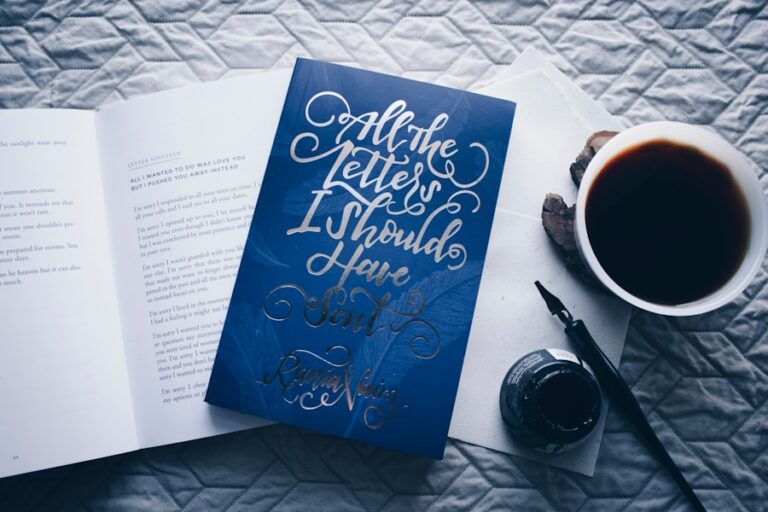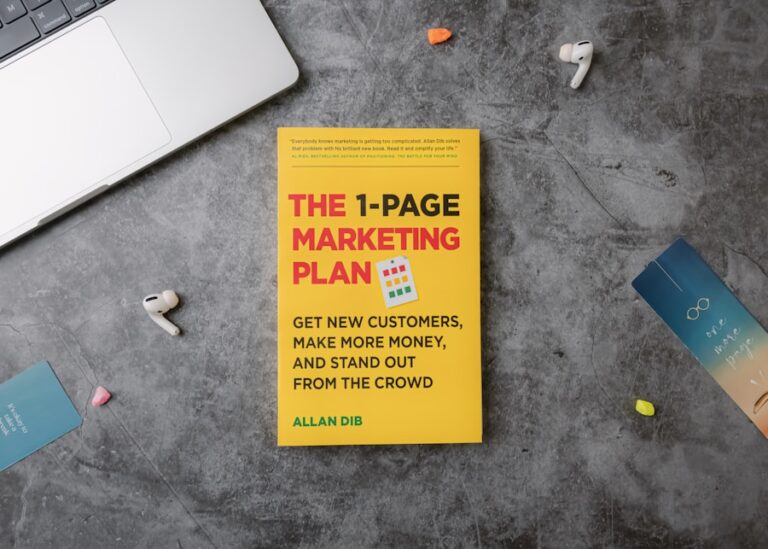Book trim size refers to the final dimensions of a book after it has been printed and trimmed. This measurement is crucial as it influences not only the book’s aesthetic appeal but also its functionality and marketability. The trim size is typically expressed in inches or millimeters and can vary widely, from small pocket-sized books to large coffee table editions.
Understanding the various trim sizes available is essential for authors, publishers, and designers alike, as it can significantly affect the reading experience and the overall presentation of the work. Different genres and formats often dictate specific trim sizes. For instance, novels commonly utilize sizes such as 5.5” x 8.5” or 6” x 9”, while children’s picture books may be larger, often around 8” x 10” or even 10” x 10”.
Academic texts might adopt a more standardized size like 7” x 10” to facilitate easier referencing and shelving. By familiarizing oneself with these common dimensions, authors and publishers can make informed decisions that align with industry standards and reader expectations.
Key Takeaways
- Understanding the different book trim sizes is crucial for making the right choice for your publishing project.
- Factors such as genre, target audience, and printing costs should be considered when choosing the right book trim size.
- The book trim size has a significant impact on the design and layout of the book, affecting readability and overall aesthetic.
- Popular book trim sizes each have their own pros and cons, and customizing trim sizes for different genres and formats can be beneficial.
- Selecting the perfect book trim size is important for marketing and distribution, as it can affect shelf space and reader perception.
Factors to Consider When Choosing the Right Book Trim Size
Understanding Your Target Audience
One of the most significant considerations is the target audience. Understanding who will read the book can guide the choice of size; for example, a young adult novel may benefit from a more compact size that appeals to teenagers, while a coffee table book aimed at adults might require a larger format to showcase visuals effectively.
The Impact of Content on Trim Size
The content itself can also influence trim size; dense academic texts may necessitate a larger page count, which could be better accommodated in a larger format.
Balancing Financial Considerations with Creative Vision
Another critical factor is production costs. Different trim sizes can affect printing expenses, binding options, and shipping costs. Smaller books generally cost less to produce and ship, making them more accessible for self-publishing authors or small presses. Conversely, larger books may command higher prices but could also attract a more niche market willing to pay for premium content. Balancing these financial considerations with creative vision is essential for a successful publishing project.
The Impact of Book Trim Size on Design and Layout
The chosen trim size has a profound impact on the design and layout of a book. It dictates how text and images are arranged on each page, influencing readability and visual appeal. For instance, a smaller trim size may require tighter margins and smaller font sizes, which can affect the overall reading experience.
Conversely, larger trim sizes allow for more spacious layouts, which can enhance the visual impact of illustrations or photographs. Moreover, trim size affects the book’s cover design. A larger book may allow for more elaborate cover art and typography, while a smaller book might necessitate a more straightforward design to maintain clarity at reduced dimensions.
Designers must consider how elements like title placement, imagery, and color schemes will translate across different sizes to ensure that the final product resonates with readers and stands out on shelves.
Popular Book Trim Sizes and Their Pros and Cons
Several popular trim sizes have emerged in the publishing industry, each with its own set of advantages and disadvantages. The standard trade paperback size of 6” x 9” is widely used for fiction and non-fiction alike; it strikes a balance between portability and readability. However, this size may not be ideal for heavily illustrated works where larger dimensions could better showcase visuals.
On the other hand, the 5” x 8” size is favored for mass-market paperbacks due to its compactness, making it easy to carry. While this size is economical for production, it can limit design options and may not be suitable for books with extensive graphics or complex layouts. Larger formats like 8.5” x 11” are excellent for educational materials or art books but can be cumbersome for readers to handle.
Each trim size presents unique challenges and benefits that must be weighed carefully during the publishing process.
Customizing Book Trim Sizes for Different Genres and Formats
Customizing trim sizes according to genre can enhance a book’s appeal and functionality. For example, graphic novels often utilize larger dimensions such as 7” x 10” or even 8” x 12” to accommodate detailed artwork and provide an immersive reading experience. In contrast, poetry collections might benefit from smaller sizes that encourage intimacy and personal reflection.
Additionally, self-help books or instructional guides may adopt a more square format to facilitate easy note-taking or reference. By tailoring trim sizes to fit specific genres or formats, authors and publishers can create products that resonate more deeply with their intended audience while also standing out in a crowded marketplace.
Tips for Selecting the Perfect Book Trim Size for Your Publishing Project
Selecting the perfect trim size involves careful consideration of multiple factors. First, authors should analyze their target audience’s preferences and reading habits. Conducting market research or surveying potential readers can provide valuable insights into what sizes are most appealing within specific demographics.
Next, it is essential to prototype different layouts using various trim sizes before finalizing a decision. This process allows authors and designers to visualize how text and images will interact on the page, ensuring that the chosen size enhances rather than detracts from the content. Finally, consulting with printing professionals can provide guidance on production costs associated with different sizes, helping authors make informed choices that align with their budgetary constraints.
The Importance of Book Trim Size in Marketing and Distribution
The trim size of a book plays a crucial role in its marketing and distribution strategy. Retailers often categorize books by their dimensions; thus, selecting an appropriate trim size can enhance visibility in bookstores and online platforms. A well-chosen size can also influence pricing strategies; larger books may command higher prices but could also limit distribution options due to shipping costs.
Moreover, marketing materials such as posters or social media graphics must align with the book’s trim size to maintain consistency across promotional efforts. A cohesive presentation helps establish brand identity and fosters recognition among potential readers. Ultimately, understanding the implications of trim size on marketing and distribution is vital for maximizing a book’s reach and success in an increasingly competitive landscape.
Choosing a trim size isn’t just a design decision—it’s a business one. At Books to Hook Publishing, we help you select the right dimensions for your genre, budget, and sales goals, then turn that choice into a print-perfect interior and cover. From margins, bleed, and page count to paper options and KDP/IngramSpark compliance, we handle the technical details and proofing so you can stay focused on the story. Ready to make your book look—and sell—its best? Contact our team and we’ll tailor a plan for your project.





